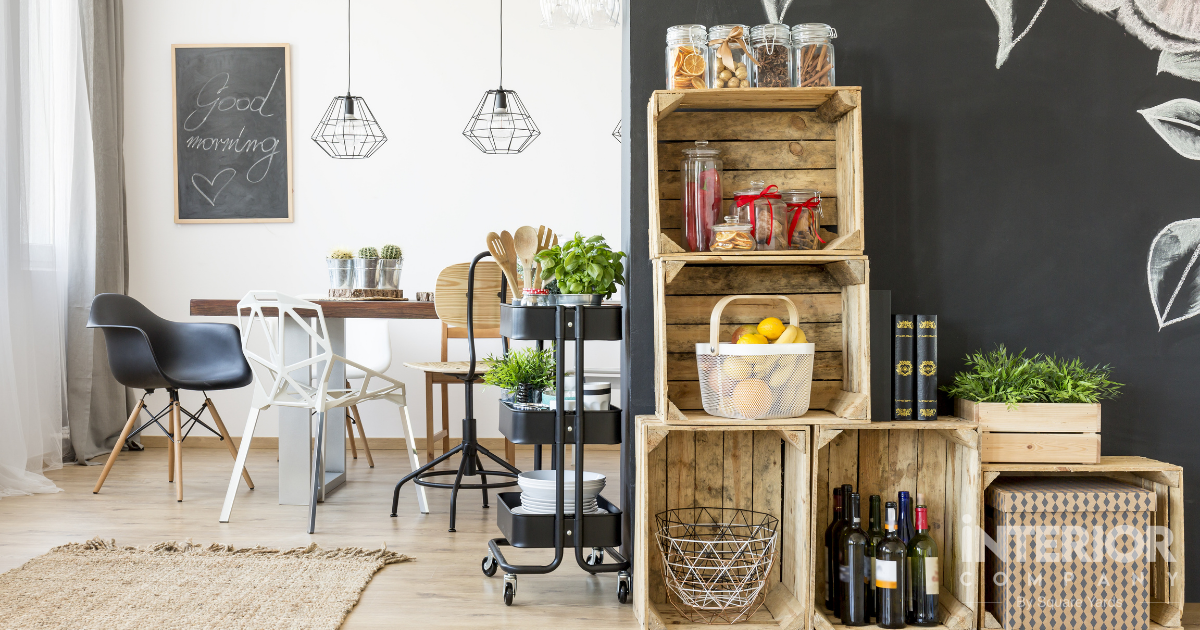- Home
- Trends
- Furniture And Decor
- Indoor Plants
- Lupine Flower Indp
Lupine: Plant Care & Growing Guide
If you are someone who really has a green thumb and are looking for something vibrant to really spruce up your garden, then the lupine flower is something that might just work for you. The tall, vibrantly colored lupine plant can be considered as traffic cones in your garden as anyone is sure to slow and take notice. Lupine is generally the go to choice for any gardener, as it has the ability to survive and thrive in all kinds of challenging environments. Since these plants are relatively cheaper in addition to being low maintenance, most people can successfully plant these in their gardens. We have prepared a guide for you in which we will explore some of the tips for lupine flower care and growth.
Table of Content
Lupine Plant Basics
The following are some of the basic details that you should know about your favorite lupine flower:
| Commonly Known As | Bluebonnet |
| Scientific Name | Lupinus Hybrida |
| Plant Family | Fabaceae |
| Type of Plant | Annual, perennial, herbaceous |
| Full Size | This can grow up to be 4 foot tall and 1.5 feet wide |
| Sun Exposure Needed | Full-time |
| Ideal Soil Type | Well drained moist soil, rich in nutrients |
| Ideal pH of soil | Works well with pacific or neutral soil |
| Bloom time | Blooms during the springtime |
| Color of flower | The flowers can be blue, purple, white, red, pink, bicolor, etc |
| Toxicity | Known to be toxic to animals and humans alike |
Characteristics of Lupine Plant
Being of the same family as the pea plant, the structure of the lupin flowers have close resemblance to pea blossoms. These flowers are bound together much tighter and have conical spikes that help the plant to stand erect and tall. The blossoms usually open from bottom to the top and more often than not feature a multi-color design. After the flowers wither away, flat thick seed pods appear on the plant.
Pros of Lupin Flower
The following are some of the advantages of planting the lupin flower in your garden:
- These plants act like an attractive beacon for a variety of beneficial pollinators to promote further plant growth
- They are deer and other such animal resistant in nature
- It is very easy to grow these plants from the seed up. Further, these plants have the ability to self-sow, which more than makes up for the short lifespan
- It is known to promote good soil health and fertility by breaking down nitrogen in the air to nutrients that can be used by the plants
Cons of Lupin Flower
The following are some of the disadvantages of the lupin flower:
- These plants can prove to be toxic if consumed by humans or animals
- The deep roots of this plant means that it is difficult to re-transplant these plants once they have been set in one place
- Tend to be short lived or wither easily in hot and arid climates
Types of Lupine Plant
The different types of lupine plant are as follow:
- Gallery Series: These flowers have lush thicks spikes which grow upto a maximum height of 2 feet
- Russell Mixed Colors: These flowers were first bred in 1937 and have become the blueprint for many future variants and cultivars
- Minarette: This variation can grow upto be 18-inch in size and are perfect to be used as borders for a flower garden
- Dwarf Lulu: These variations are the most widely used as they are multi-colored and can be compared to a rainbow hue. They can grow to be upto 2 feet tall and have lush foliage
How to Grow Your Own Lupine Plant
The following are some of the things that you should consider while deciding to grow your very own lupine plant:
- Sunlight required: It is always advisable to plant lupine seeds in areas that get steady sunlight, if the weather is generally colder. But the important thing to remember is moderation, although these plants require sunlight, they must be occasionally placed in the shade to cool down. So the perfect placement in your garden is somewhere the plants get afternoon shade
- Soil preference: The lupine plant absolutely thrives on loose sandy soil as the growth of the roots are not hampered in any way. If the soil available to you is clayish in nature, then it is advised that you break down the soil to create a looser texture. Further, these plants also prefer a slightly acidic soil. So if your soil is more alkaline in nature, this can be treated by adding sulfur
- Timing of Planting: For best results from Lupine seeds, it is advised that you should sow them in the latter stages of springtime or during the early stages of winter. These plants can also be planted up to 4 weeks before time of last frost, but this will mean that these flowers will bloom much later during the summer
- Seed Sowing: Lupine seeds have a hard outer covering that should be properly softened before sowing. You can make sure that seeds have been properly softened, by soaking them in warm water and then using sandpaper to scarify them to absorb more water. The ideal sowing depth for lupine seeds is ¼ of an inch under the top layer of soil
- Planting from Pots: The potted lupine plants have the distinct advantage of being extra tough. Being perennial bloomers they can be easily planted in the soil during the springtime. You should always plant these flowers at a distance of 2 to 3 feet and also loosen the soil to propagate healthy root growth.
- How to use it in Garden: These plants play an important role in creating a prominent vertical statement in any garden. You can usually plant them in a vibrant colorful scheme in mist cottage gardens. They also look very beautiful when planted in wildflower garden beds, especially when they are allowed to pollinate freely.
How to Care for Your Lupine Plant
Following are some of the things that you should keep in mind while caring for your lupine plant:
- Watering Requirement: The most important thing after planting lupine flowers, it is important to keep the soil sufficiently moist for healthy root growth. The plants are accustomed to dry conditions once they have been deeply rooted, they then require watering only during periods of drought. You can keep the soil moist and promote proper root growth by using a layer of organic mulch
- Fertilizers: Lupine has the ultra special ability to break down the nitrogen in the air into easily processable nutrients in the soil. Which means they have the ability to grow healthily in nitrogen poor soil without the need for additional fertilizers. These plants actually make the soil more abundant in nitrogen as they grow
- Disease and Pest Control: One of the most common diseases that affect lupine plants are powdery mildew and aphids. These can have drastic effects on the plant as they can disfigure the leaves and slow down the growth of new flowers. Horticultural oils are the easiest way you can eliminate the pesky problem of powdery mildew from your lupine plant. As a last resort method, you can also prune infected plants down to the ground and effectively promote healthy growth
- Pruning: The lupin flower has a relatively short lifespan and wither rather quickly. Proper care and pruning might help in promoting healthy growth of the rest of the plants. This stands true for areas with cooler summers. The perfect time for pruning is towards the end of the season when the leaves have started to turn yellow
- Pollination: The lupin plant does not like to be propagated by division, and it is recommended to pollinate them by seeds only. For this factor, you should avoid pruning or deadheading, this will result in the formation of seed pods. These plants can also be pollinated by small cuts taken from the shoots at the base of the plant. The important thing to remember is that if you use this method, the original color of the flowers may be lost.
End of the Season Tips for Lupine Plant
If you are planting lupine with the plan for them to bloom in the following spring, then you should plant them in what is going to be their permanent spot. The lupine plant has deep roots, and transplanting them after a certain size can be fairly detrimental to them. Moreover, they grow fairly early during the season, which is not a recommended time for transplanting plants. The following are some of the things that you should keep in mind during season end care:
- The lupine plant should not be transported or divided as it can be detrimental to the plant and cause transplant shock
- The most common pests that affect these plants are pill-bugs, which attack the seedlings and seeds. They are also vulnerable to attack by birds if they are not lightly covered during the time of planting
Ready for a home transformation?
Let our designers assist you!
Recent Posts
Related Category
- Balcony
- Bedroom
- Home Decor
- Living Room
- Outdoors

































